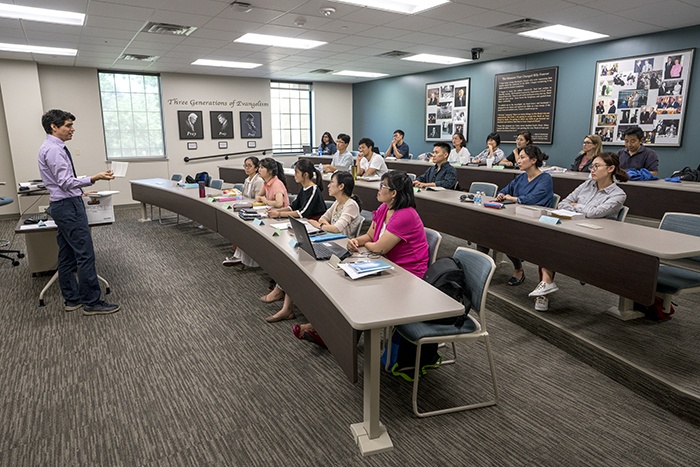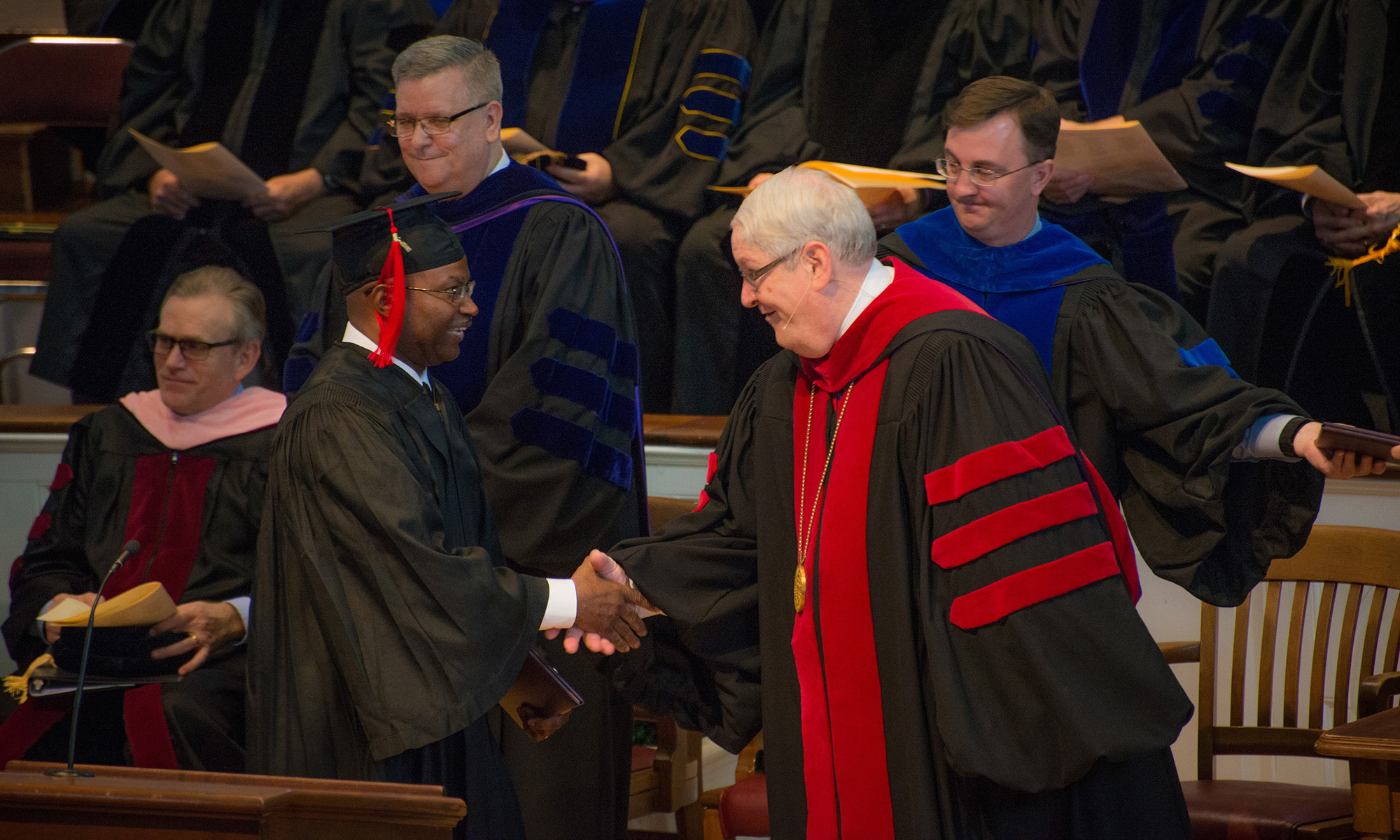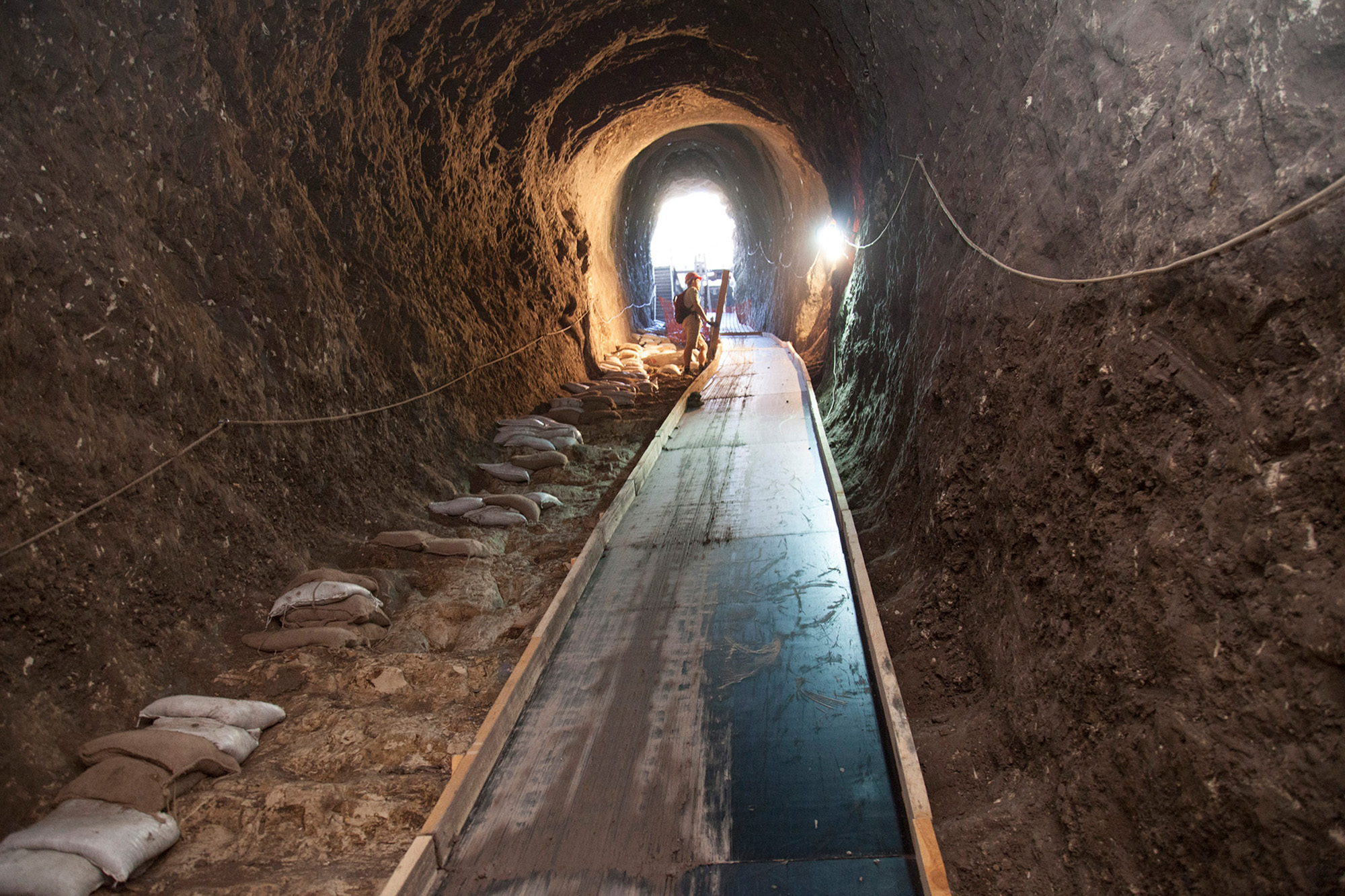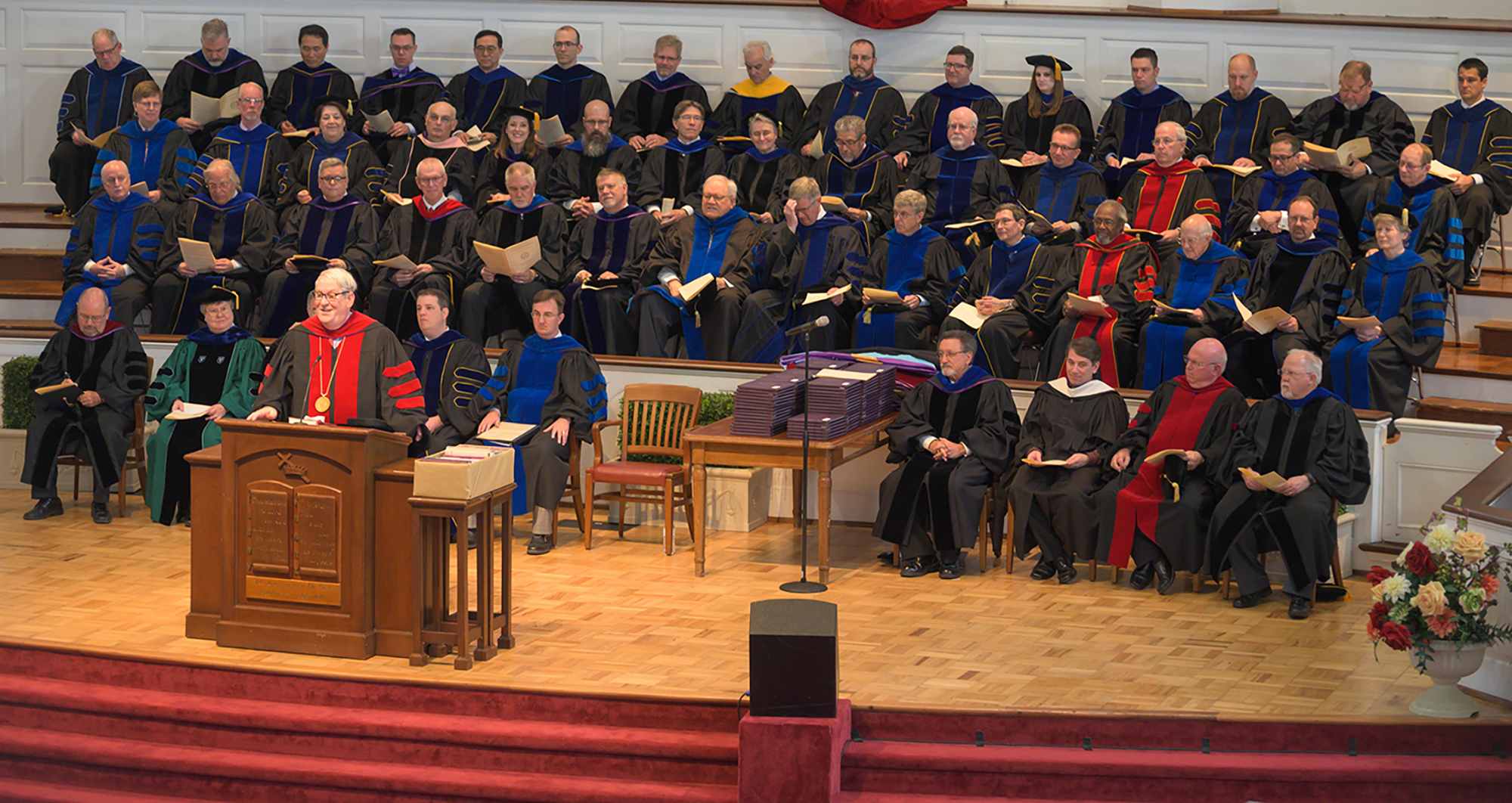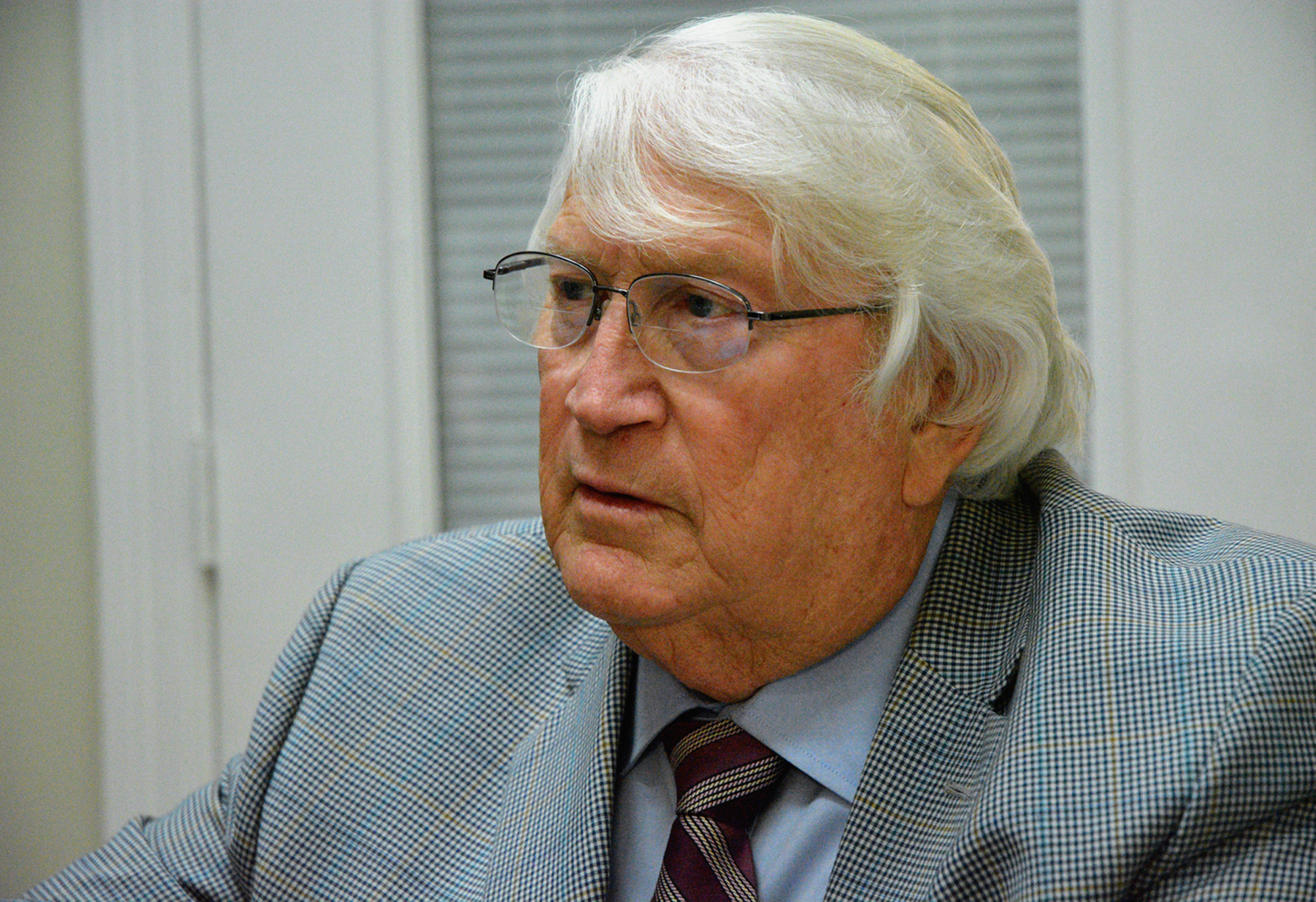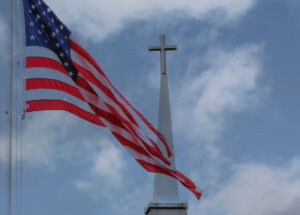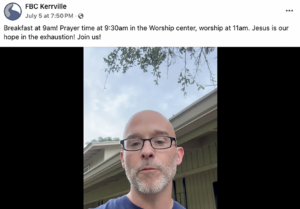
ST. LOUIS (BP)–In a city that once had the highest homicide rate in the nation just over the Mississippi River from downtown St. Louis, an inner-city Baptist mission center has been working and witnessing.
When Chet and Michelle Cantrell began their ministry at the East St. Louis (Ill.) Christian Activity Center 14 years ago, 90 percent of the area youth were affiliated with gangs; 60 percent dropped out of school before the 10th grade.
Now in 2002, less than 5 percent of the youth are tied to gangs and more than 90 percent have graduated or advanced to their next grade, the Cantrells said. More than 75 youth now attend college through the efforts of the Baptist mission.
In an area where 57 percent of all the kids in the area live in extreme poverty, the juvenile crime rate has dropped 75 percent over the past decade, they added.
The Cantrells were among five North American Mission Board and International Mission Board missionaries who shared their testimonies during the June 9-10 Woman’s Missionary Union annual meeting in the Ferrara Theater of the America’s Center in St. Louis.
“God is at work,” said Michelle, recounting that the Christian Activity Center’s building has grown from a one-story horseshoe-shaped building to a two-story building equipped with a gym, wellness clinic, classrooms and Intel computer center.
Though starting with only a handful of kids, the center now serves more than 240 kids a day, providing a safe place for playing, tutoring, Bible studies and more. In addition, the center now has a teacher who plans intentional learning activities and a nurse who provides prenatal and postnatal care, eye and ear screening and other medical needs. All of the efforts are based on sharing God’s love.
“We have experienced God’s peace that surpasses understanding, yet we have seen children killed in the streets,” Michelle said. “We have seen hearts softened and spirits soaring, all because of the love of Jesus Christ.
“We as Christians all need to find places of extreme need and pour our lives into those areas,” Chet added.
Shawna Davis, a missionary with her husband Daren in Zambia, Africa, shared the urgent need for the gospel to be shared among the 500 different people groups in Africa, only 20 percent of whom have been engaged thus far.
“Most of these people do not have the witness of Jesus Christ,” she said, “and many are dying without him.”
The life expectancy for most Zambians, who face severe famine, is approaching 33 years of age, Davis said. The region also has the highest rates of HIV exposure.
With an endless cycle of witch doctors who use charms and magic in vain attempts to ward off evil, the people are hopeless, Davis said, except for God’s provision of hope for the hopeless.
Hastings Chipango, a self-described alcoholic and carouser, had suffered the pain of losing his first two children to inadequate nutrition in the African village where Davis served. Desperate for protection for his only remaining child, Chipango considered paying an entire year’s salary to a witch doctor who, in turn, promised supernatural protection and redemption for the child.
In answer to the prayers of his wife, Mary, Chipango instead met a Christian man named Josiah who taught him about the free redemption offered by Jesus. Chipango responded to God’s free gift of salvation and protection. Davis was privileged to see the Chipangos grow as Christians, become leaders in their church and have two more sons.
In Thailand a man who had just watched a musical program put on by a youth group led by IMB missionary Cheryl Derbyshire accepted Christ. In 10 days 40 others also became Christians.
Derbyshire and her husband, who is a medical doctor, have served in Thailand the past 10 years, using a mobile medical clinic, in addition to an outpatient clinic, as a means of outreach in the Buddhist-populated country.
Mark Custalow, a missionary to Native Americans, said there are more than 5 million Native Americans, with 1,000 different tribes, each with a unique culture, language and traditions in North America. While three out of 10 live on reservations, the other seven live in the nation’s urban centers, although nearly 70 percent of the current ministry to Native Americans is reservation-based.
“Of all the native people, nine out of 10 will not have a relationship with Jesus Christ, in spite of their dynamic spiritual predisposition,” Custalow said.
“Satan has so bound our people through alcoholism, suicide and high unemployment rates,” he said. “I believe native people, because of their spiritual orientation are prime candidates for the Spirit of God to start a revival.
“If we are going to have any impact, we must first see the harvest field from God’s vantage point and pray for laborers where the workers are few, and then we must realize that the effort is much more personal than numbers.
“Jesus spent personal time with people. Look for God’s activities in the harvest and look for his invitation to join him,” Custalow said.
–30–



